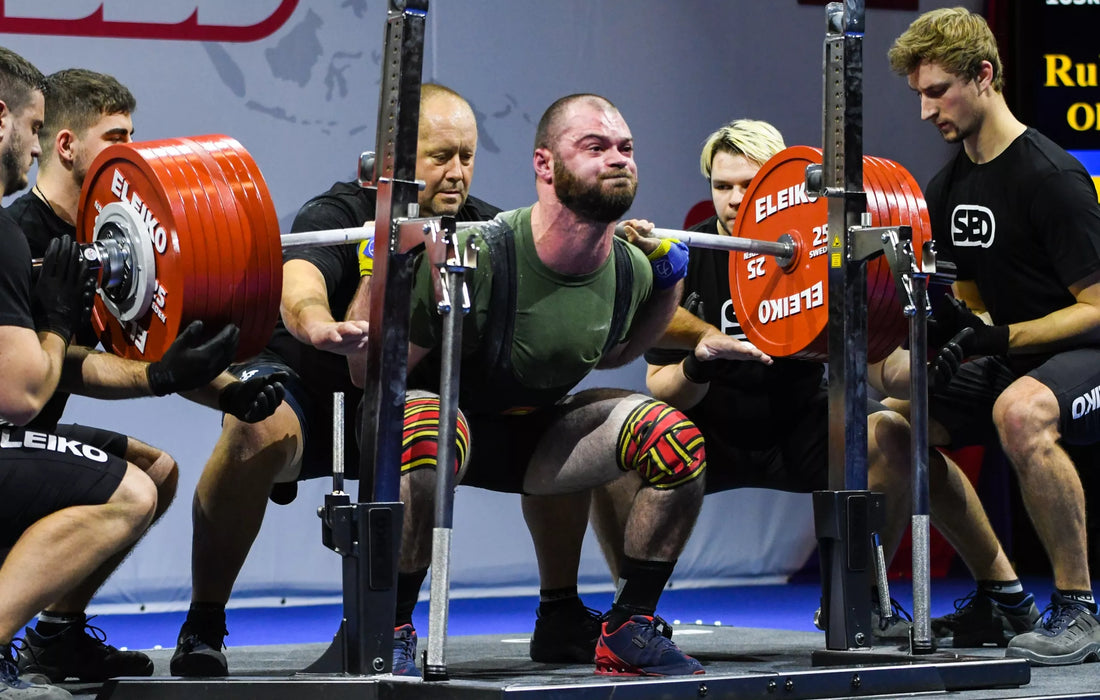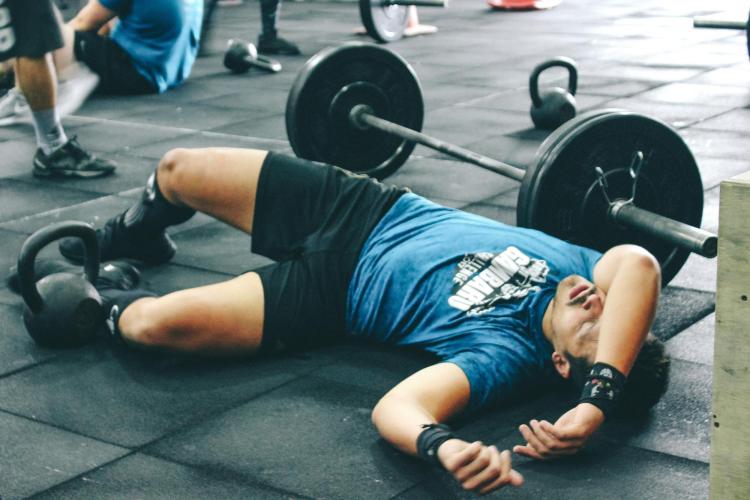
Beyond the Barbell: A Powerlifter's Ultimate Guide to Recovery
In powerlifting, the stimulus for growth happens in the gym, but the growth itself happens during recovery. You can have the most intelligent training program in the world, but without a dedicated recovery strategy, you're leaving strength on the table and opening the door to burnout and injury. This guide covers the essential, evidence-based recovery strategies every powerlifter should use to maximize their performance, from the non-negotiables to the helpful additions.

The Recovery Hierarchy: What Matters Most
Not all recovery methods are created equal. Focus your energy on the bottom of this pyramid first. The top tiers are helpful, but they cannot replace a solid foundation.
-
Sleep & Nutrition (The Foundation)
-
Stress Management & Deloads (Crucial for Long-Term Progress)
-
Active Recovery & Soft Tissue Work (Helpful Enhancements)
Tier 1: The Non-Negotiable Foundation
Sleep
Sleep is the single most powerful performance-enhancing tool you have. During sleep, your body releases growth hormone, repairs damaged muscle tissue, and consolidates motor learning.
-
The Goal: Aim for 7-9 hours of quality sleep per night. As a strength athlete, your needs are higher than the general population's.
-
Actionable Tips:
-
Create a Routine: Go to bed and wake up at roughly the same time every day, even on weekends.
-
Optimize Your Environment: Make your room cool, dark, and quiet.
-
Limit Blue Light: Avoid screens (phones, TVs, computers) for an hour before bed, as blue light can disrupt melatonin production.
-
Avoid Stimulants: Limit caffeine and alcohol, especially in the evening.
-
Nutrition and Hydration
What you eat provides the building blocks for repair and the fuel for your next session.
-
The Goal: Consistently meet your calorie and macronutrient needs, as detailed in our Complete Guide to Powerlifting Nutrition.
-
Key Principles:
-
Adequate Protein: Essential for muscle protein synthesis and repair.
-
Sufficient Carbohydrates: To replenish the muscle glycogen you burn during training.
-
Consistent Hydration: Even mild dehydration can significantly impair recovery and performance.
-
Tier 2: Managing Stress and Fatigue
Stress Management (All Kinds)
Your body has a finite capacity to handle stress, whether it's from training, work, relationships, or lack of sleep. This is known as allostatic load. High life stress will directly impact your ability to recover from training.
-
The Goal: Minimize external stressors where possible and develop coping mechanisms.
-
Actionable Tips:
-
Incorporate Relaxing Activities: Practices like meditation, deep breathing exercises, reading, or spending time in nature can help lower cortisol levels and activate your parasympathetic ("rest and digest") nervous system.
-
Journaling: Writing down your thoughts can be an effective way to process stress.
-
Programmed Deloads
Deloads are the cornerstone of long-term fatigue management in your training program.
-
The Goal: A planned period of reduced training volume and intensity to allow systemic fatigue to drop.
-
Read More: For a full breakdown, see our Art of the Deload guide.
Tier 3: Helpful Enhancements
These methods can be beneficial, but only once the foundation is in place.
Active Recovery
Low-intensity activity on your rest days can promote blood flow, reduce muscle soreness, and aid in recovery without adding significant training stress.
-
The Goal: Gentle movement to help flush out metabolic byproducts.
-
Examples:
-
Going for a 20-30 minute walk.
-
Light cycling or swimming.
-
Stretching or mobility circuits.
-
Playing a low-impact sport.
-
Soft Tissue Work and Mobility
These methods can help reduce perceptions of soreness, improve range of motion, and make you feel better, which can positively impact your next training session.
-
Foam Rolling (Self-Myofascial Release): Can temporarily decrease muscle stiffness and improve range of motion. Focus on large muscle groups like the quads, hamstrings, glutes, and upper back.
-
Massage: Can help reduce muscle soreness and promote relaxation. This can be from a professional massage therapist or using tools like a massage gun.
-
Stretching: While its direct impact on recovery is debated, stretching can improve flexibility and help you relax. Dynamic stretching is best before workouts, while static stretching is suitable for after workouts or on recovery days.
While other modalities like contrast baths or compression garments exist, the scientific evidence for their powerful, direct impact on recovery for strength athletes is less robust than for the foundational tiers. According to Dr. Mike Israetel of Renaissance Periodization, they can be seen as "the sprinkles on the recovery cupcake"—nice to have, but not the main substance.
Recovery isn't passive; it's an active and crucial part of your training. By prioritizing the foundational pillars of sleep and nutrition, managing your overall life stress, and intelligently incorporating active recovery and soft tissue work, you create the optimal environment for your body to adapt and grow stronger. Stop thinking of recovery as time off from training, and start seeing it as an essential component of your training.
What is your number one recovery strategy that you can't live without? Let us know in the comments!








